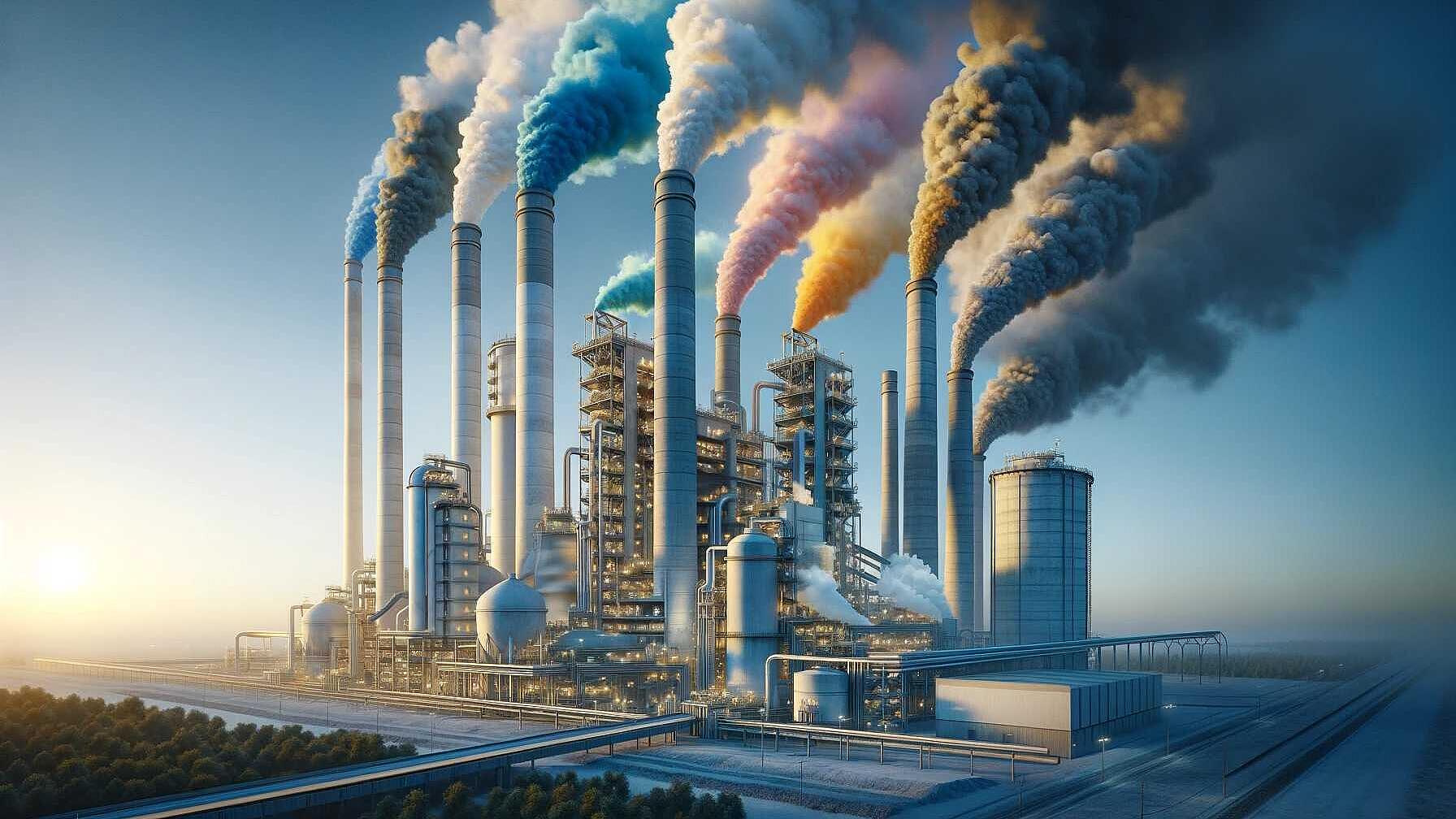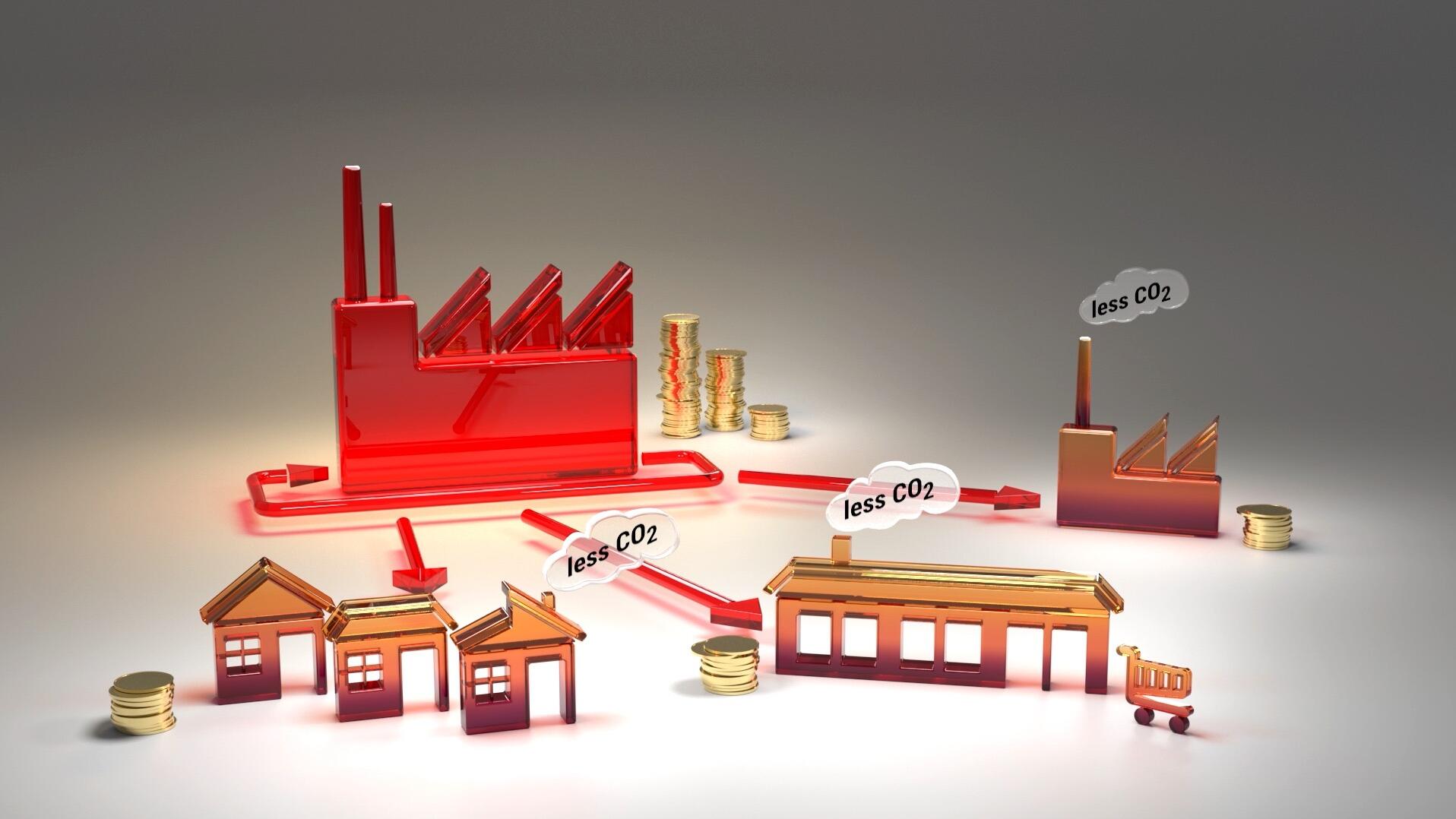 Search Result
Search ResultUtilities large missed opportunity: Demand Response in manufacturing
Demand Response (DR) helps utilities to manage the peak electricity demand by temporarily shifting the demand on the consumer side instead of building new power plants to meet the short-time peak…
Read Full articleQ&A: Why cement emissions matter for climate change
A builder directs wet concrete from a cement truck into the foundations of a large building. Credit: Peter Righteous/Alamy Stock Photo. First published here . If the cement industry were a country, it…
Read Full articleDeep decarbonisation of industry: The cement sector
Headlines Fossil fuel combustion to meet heating needs accounts for 35% of cement’s CO2 emissions. The remaining 65% are due to direct process emissions, which must also be addressed. The biomass use…
Read Full articleInfographic: Energy Use and Emissions in the Cement Industry
Infographic: Energy Use and Emissions in the Cement Industry The cement industry is one of the most energy-intensive and highest CO2 emitting industries and one of the key industrial contributors to…
Read Full articleEmissions Impacts of Alternative Fuels Combustion in the Cement Industry
Authors: Ali Hasanbeigi, Navdeep Bhadbhade With over 7% of global CO2 emissions, decarbonization of the cement industry will play a key role in achieving the Paris Climate Agreement targets. The deep…
Read Full articleDistrict heating: balancing green energy with end-user needs
As district heating companies search for new sources of low-carbon energy to distribute to customers, they find themselves serving both energy supplier and end-user. What challenges does their…
Read Full articleBioenergy and Solid Biomass: A Renewable Solution for Industrial Heat Processes
Bioenergy, derived from solid biomass, represents a significant portion of the European renewable energy mix. Accounting for around 60% of the total, it plays a crucial role in the production of…
Read Full article5 energy sources you have never thought of
Every day, surplus heat is released into the environment, contributing to global warming and wasting chances of clean energy generation. Opportunities to recover and reuse it can be found in places…
Read Full articleNew report says electrification of several European sectors could slash emissions by 60%
Electrification of the transport, buildings, and industrial sectors in Europe could slash greenhouse-gas emissions by 60% between 2020 and 2050, according to a new report by research company…
Read Full articleChoosing the best techniques for waste heat recovery
Choosing the best techniques for waste heat recovery Darren Bryant, CEO of Heatcatcher UK, discusses best available waste heat recovery techniques for the glass industry and outlines UK government…
Read Full article








